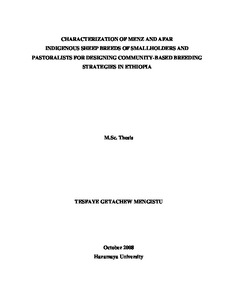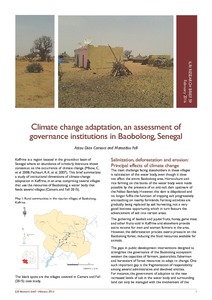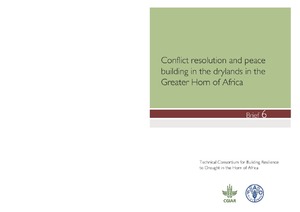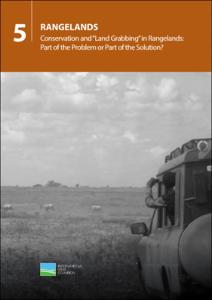Characterization of Menz and Afar indigenous sheep breeds of smallholders and pastoralists for designing community-based breeding strategies in Ethiopia
This study aimed at understanding of existing sheep breeding practices, identifying sheep breeding goals and characterizing the morphological and biometrical characters of Menz and Afar sheep breeds in their habitat as a step towards developing sustainable sheep breeding strategy. The study was conducted by implementing single visit questionnaire, observing and recording of sheep morphological characters, and by recording body weight and body measurements. The survey revealed that the mean sheep flock size per household was 31.6 in Menz and 23.0 in Afar area.









